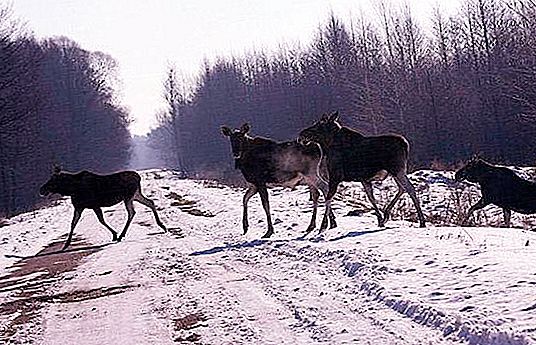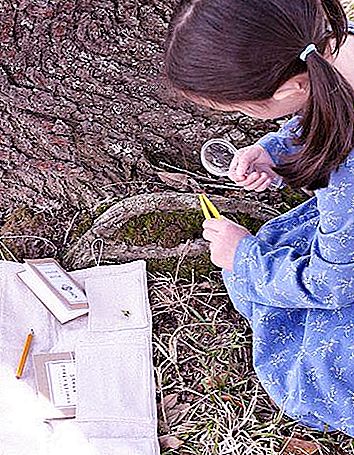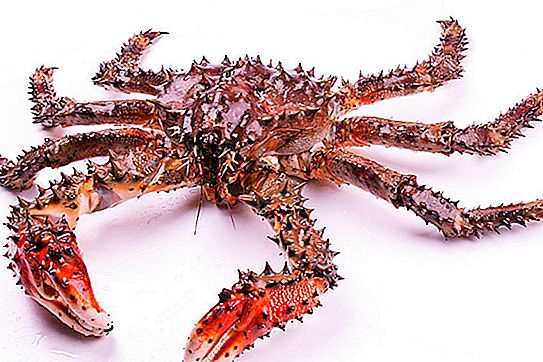Many years have passed since the disaster in Chernobyl. Every year, researchers, scientists and ordinary tourists come to this area to see for themselves the changes that have occurred. Many of these travelers report that the animals of Chernobyl are different from ordinary ones. They claim that they saw mutated animals and birds with their own eyes. Scientists, on the contrary, talk about another picture that is observed in these parts.
Radiation level
Chernobyl and the surrounding area belong to the area where the radiation background is considered the highest. In fatal 1986, after the explosion, a fire followed, all of which together led to huge pollution in a radius of 40 kilometers. Scientists claim that the effects of emissions are equated to 20 explosions in Hiroshima. Over the past time, the most powerful isotopes have already decayed, and their remains were absorbed by the soil along with sediments. Also, Chernobyl animals, plants and mushrooms absorbed radiation so much that it no longer affects them, but rather, they themselves turned into its source.
Disaster area
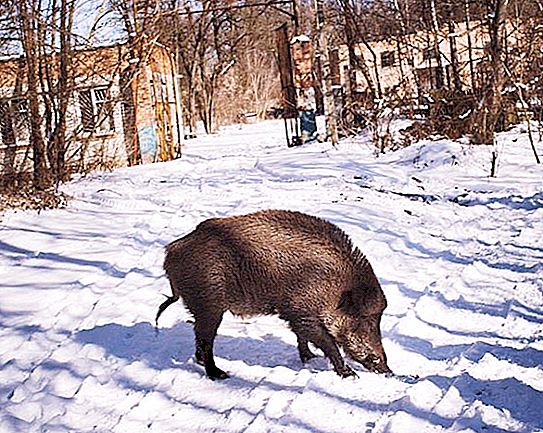
Until 1986, infrastructure developed on this territory that destroyed natural lands and crowded out the animal kingdom. But after the accident, when the person ceased its activity, the natural environment quickly recovered, various animals returned here, including large mammals. The empty fields, towns, cities were overgrown with plants and swamped. Chernobyl animals felt freedom from man.
Throughout this time, scientists have caught some animals to check how much radioactive particles are in their bodies. In the 90s, the tested roe deer exceeded the cesium-137 index, exceeding the norm 2000 times! More modern studies suggest that in animals this norm is still exceeded by 10 times.
What do the inhabitants of the exclusion zone look like?
Already many researchers and ordinary travelers have visited Chernobyl. Mutant animals have almost never been seen there lately. Almost all animals have a normal look, 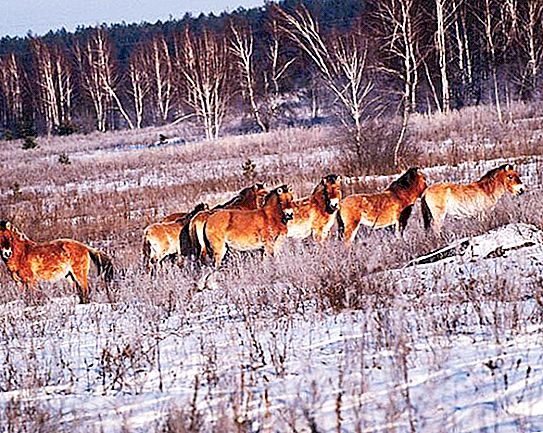
which does not frighten or confuse anyone. Only representatives of birds, in particular swallows, have some mutations associated with color. Of course, in the body of all creatures there remains an increased level of radiation, since these are still Chernobyl animals. Photos taken recently show that most of the animals have not changed outwardly.
It is worth noting that immediately after the disaster, when radioactive dust was still everywhere in this zone, mutations often occurred. Scientists recorded gigantism, dwarfism and strange growths, but such changes occurred mainly with plants.
Who lives in the zone?
When visiting this territory, animals of Chernobyl can be found on the way, which attract with their natural beauty. It is thanks to them that this place seems magical. For example, graceful deer, whole herds of moose, wild boars and roe deer come across here. Also in the snow you can see how the lynx ran, or see with your own eyes a real wolf. In addition to animals, birds are found here. Entire swarms of herons, swans and ducks live on the swamps that have appeared. It is no less surprising that black cranes are found here, because now it is a real rarity.
What is the reality
Contrary to the expectations of science fiction writers, for all the time, mutated have never met mutated
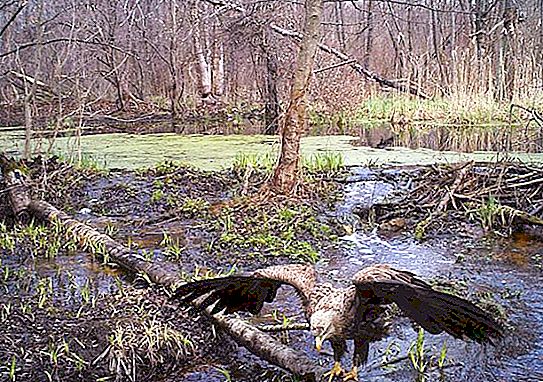
animals in Chernobyl. If any animals had physical abnormalities, they most likely died, becoming the food of numerous predators. Facts indicate that, basically, the species did not mutate under the influence of isotopes. Due to the strong radioactive background, Chernobyl remains uninhabited by people, due to which this area has turned into a real reserve with a huge amount of living creatures. Scientists have carried out work on the counting of species of mammals and birds living in the radioactive territory. As a result, rare animals such as bears, badgers, bisons, lynxes, otters and even Przewalski’s horses were counted. The latter were specially settled here. If we talk about birds, then their species was more than mammals. At the end of the calculation, it turned out that 61 rare species live in this territory.
But not all remained in the exclusion zone. Animals and birds that are used to being close to people left this area. Such birds include pigeons, storks.
